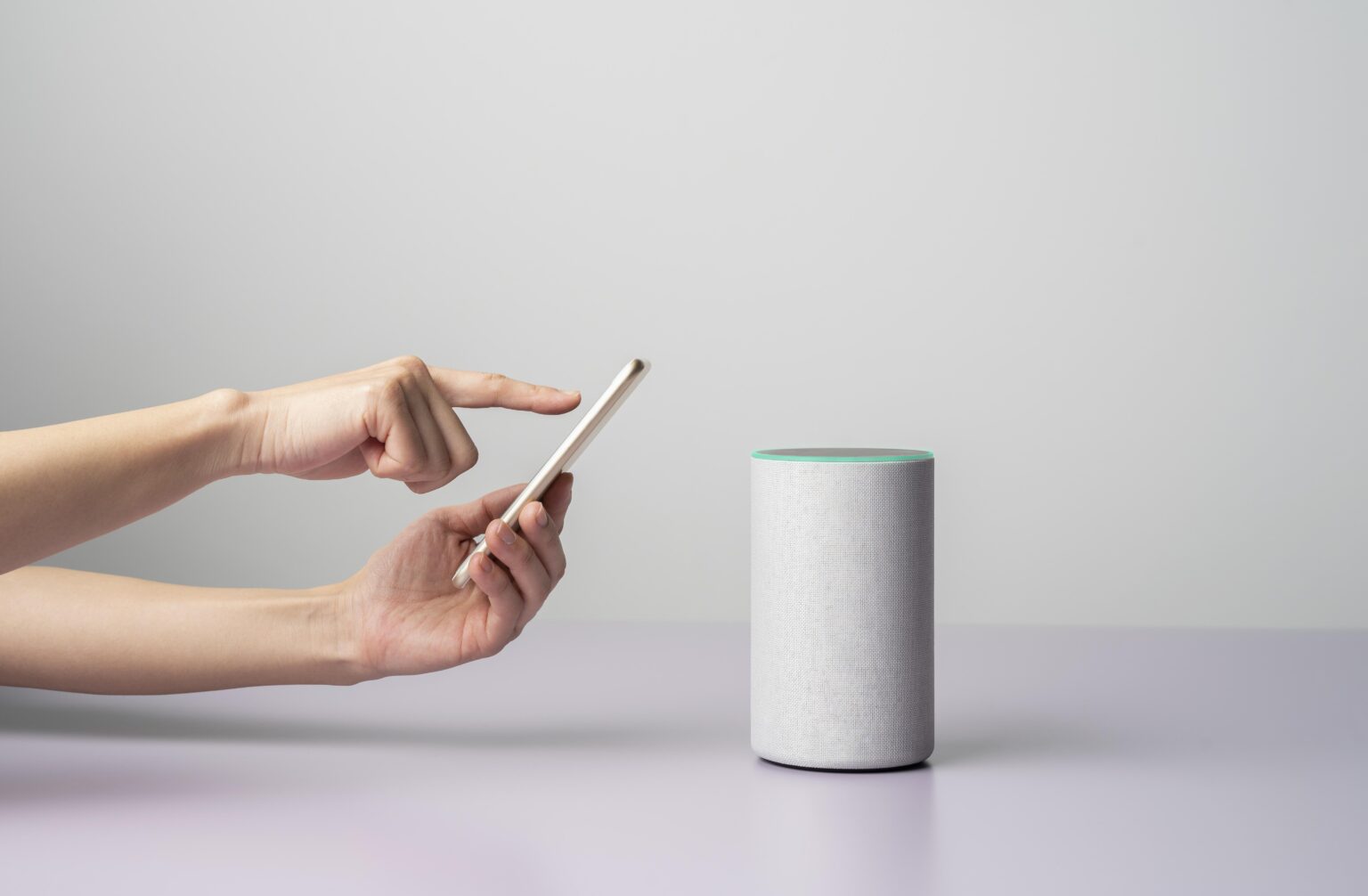In the age of the Internet of Things (IoT), it’s within our reach to transform our homes into automated sanctuaries. Spaces are becoming smarter and more connected as smart home devices become integral parts of modern living, but how does one increase connectivity without incurring lengthy data bills? In this article, we’ll explore how to monitor and control data usage on smart home devices, ensuring a seamless smart home experience without breaking the bank.
Smart Thermostats
Smart thermostats are on the rise and part of their selling point includes energy bill savings. Smart thermostats automatically adjust the temperature in your home, reducing unnecessary heating or cooling. Although convenient, the more features your thermostat comes equipped with the more data it will consume, quickly increasing data consumption from a few megs to several gigs. With a smart thermostat, it’s best to keep an eye on its data consumption through the device’s home screen. Be sure to turn off any data-hungry features such as weather updates and reserve firmware updates for non-peak hours.
Voice Assistants

Smart home assistants such as Google Home or Amazon Echo Dot (Alexa) allow you to control features in your home using your voice. Quantifying the data usage of these popular smart home hubs is challenging as it varies based on the voice assistant settings, features, updates and how frequently it’s used. Even when your voice assistant is in idle mode, it’s using up bandwidth while it’s waiting for commands or installing updates. You can track how much data your Alexa voice assistant is using by following the steps below:
-
Navigate to the Alexa app on your phone and locate your Amazon Echo device’s MAC address.
-
Go to your router’s settings menu and match your Alexa MAC address to the list of addresses or connected devices on your router.
Once you’ve matched the addresses, you can keep track of data consumption throughout the month and stay within your data plan limits.
Smart Home Security Cameras
Smart home security cameras allow you to view footage remotely from your phone or a web interface and seamlessly integrate with your broader smart home ecosystem. Although convenient, footage upload frequency, frame rate, resolution and a host of additional considerations all determine how much of your data smart home cameras use. To get an accurate estimate, you will need to monitor data usage through your router’s settings or dashboard feature. If you come to realise that your smart home security cameras consume a vast amount of data, refer to your cameras’ documentation and settings to lower the video quality, frame rate, motion-detecting sensitivity or any additional features you don’t need.
Transforming your home into a smart home doesn’t need to go hand-in-hand with crippling data consumption. To fully enjoy the benefits of these devices, follow the tips outlined above and ensure that you’re staying within your internet usage and data limits. Alternatively, head on over to our fibre deals and data packages to always stay connected and make the most of your smart home experience. You can also get your smart home rolling with various products from the Vodacom shop. These products include the Xiaomi Smart Pet Food Feeder, a Xiaomi S10 Smart Robot Vacuum Cleaner and the Xiaomi Mi Smart Home Bundle.



